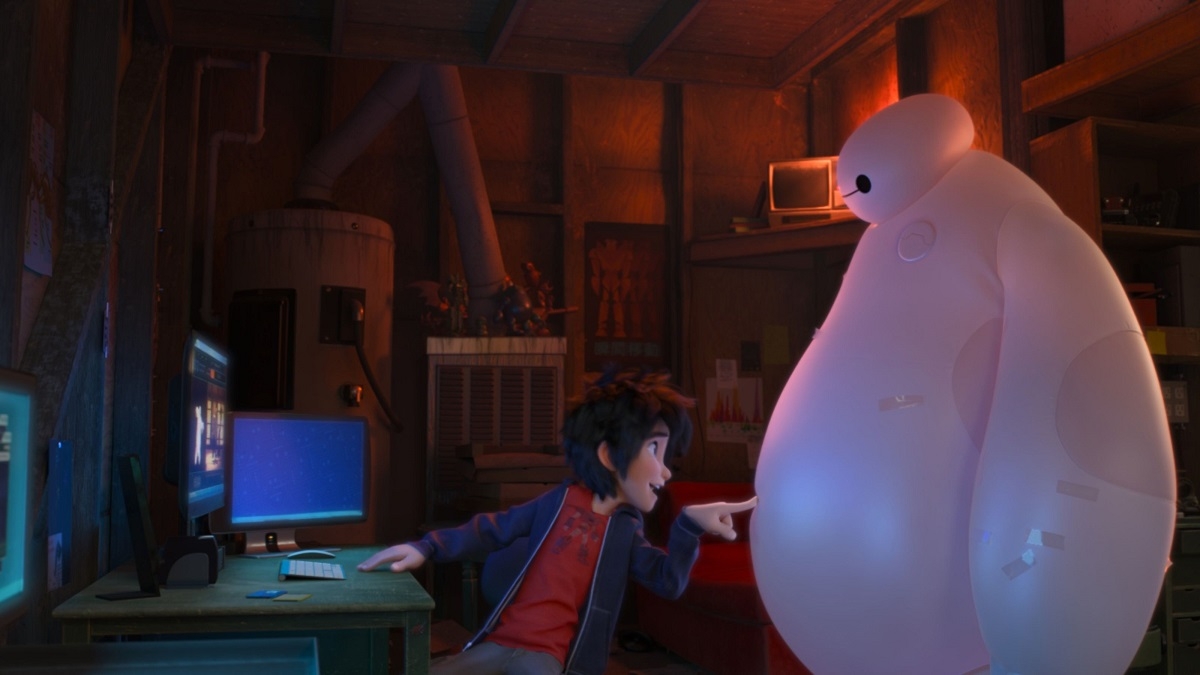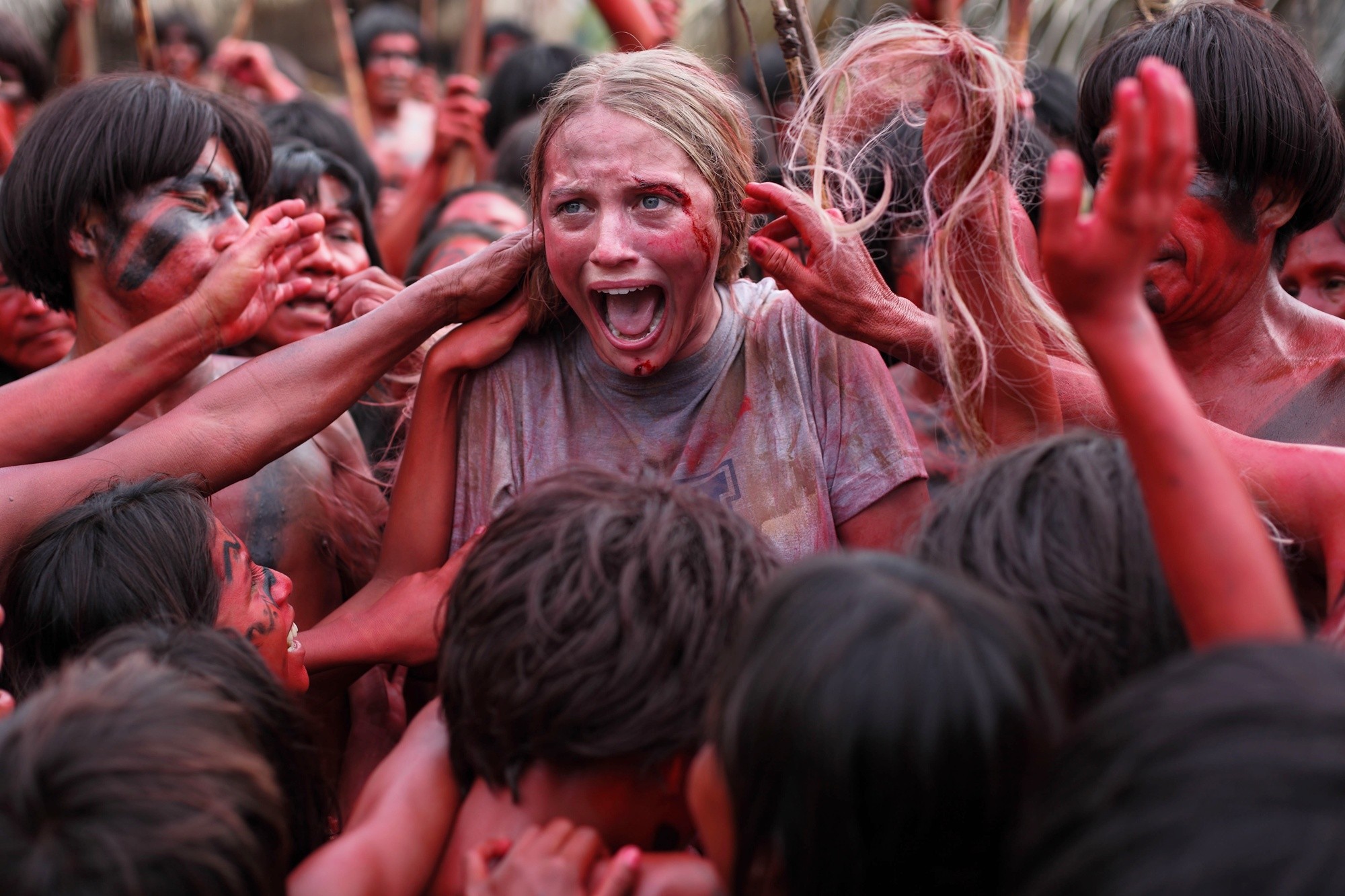STALINGRAD 3D
 Friday, November 7, 2014 at 11:40AM
Friday, November 7, 2014 at 11:40AM Stars: Mariya Smolnikova, Yanina Studilina, Thomas Kretschmann, Pyotr Fyodorov, Sergey Bondarchuk, Dmitriy Lysenkov, Andrey Smolyakov, Aleksey Barabash, Heiner Lauterbach and Oleg Volku.
Writers: Sergey Snezhkin, Ilya Tilkin.
Director: Fedor Bondarchuk.
Screening courtesy of the 2014 Russian Revolution Film Festival.
Rating: 2.5/5

As David Ayer’s Fury, featuring Brad Pitt and a tank full of combat movie stereotypes rolls through Australian cinemas, so to does Russian cinema’s own equally grand and cornball World War II melodrama, Stalingrad. Despite some stunningly realised technical work, Fedor Bondarchuk’s action-packed opus creaks under a rigidly antiquated narrative that bears a far closer pedigree to Michael Bay’s fanciful Pearl Harbour than Steven Spielberg’s gritty standard-bearer, Saving Private Ryan.
At US$30million (and with Columbia Pictures international distribution arm attached), it is one of largest production’s ever undertaken by the Russian film sector. Yet scripters Sergey Snezhkin’s and Ilya Tilkin’s dialogue and drama never come close to matching the visuals crafted by Bondarchuk’s production design team. Topped-and-tailed by an expensive Japanese earthquake sequence so as to create an unnecessary flashback device, audiences are then plunged into Stalingrad 1942, specifically a section of the city that has been cut-off after the German troops ignite vast fuel supplies (the sight of Russian troops bursting through walls of flame, fully ablaze and impervious to pain, gives an early indication as to the purely cinematic degree of heroism to be expected over the next 2 hours.)
Holed up in the crumbling remnants of a once opulent tenancy are five rugged, chummy Russian soldiers, led by the scowling, war-weary Gromov (Pyotr Fyodorov). Much like the societal cross-section represented by Pitt’s tank-crew, Gromov’s men are all types yet act as one; they find one more thing to bond over in the form of 18 year-old Katya (Mariya Smolnikova), a doe-eyed and determined lass who also happens to be a crack-shot with a telescopic sniper’s rifle.
The German forces are represented by Kapitan Kahn (Thomas Kretschmann, Europe’s hammiest leading man; see Dario Argento’s Dracula 3D), who keeps the pretty blonde peasant Masha (Yanina Studilina) hidden away to rape at his whim while also falling in love with her, and Khenze (Heiner Lauterbach), the bald tyrant of a head officer, who spits out some of the film’s unintentionally funniest lines (“These damn lice can’t even let a man die without making him itch.”)
Battles scenes are suitably brutal, as befitting one of the most bloody conflicts in modern military history, but are shot in such purely cinematic terms they barely suggest the real-world horrors soldiers from either side would have faced. Slow-motion hand-to-hand combat, complete with CGI blood-splatter (ala, 300) and ‘bullet-cam’ (ala, The Matrix) are used and re-used; one sequence, in which the Russian’s bounce a shell off a tank hull with pinpoint accuracy, is just plain stupid.
The director lathers his brave infantrymen in a warm, nationalistic glow, which is admirable but also detrimental; so one-dimensionally heroic are his band of brothers, audience connect as they would with a ‘James Bond’ or ‘Indiana Jones’ type. One should walk away exhausted and deeply moved by the courage these men displayed in the face of a tyrannical force. Instead, Fedor Bondarchuk's bloody battle epic celebrates the excesses of war cinema far more effectively than it does the heroism of his countrymen.
 3D,
3D,  IMAX,
IMAX,  Russian Cinema,
Russian Cinema,  Stalingrad,
Stalingrad,  War
War 








